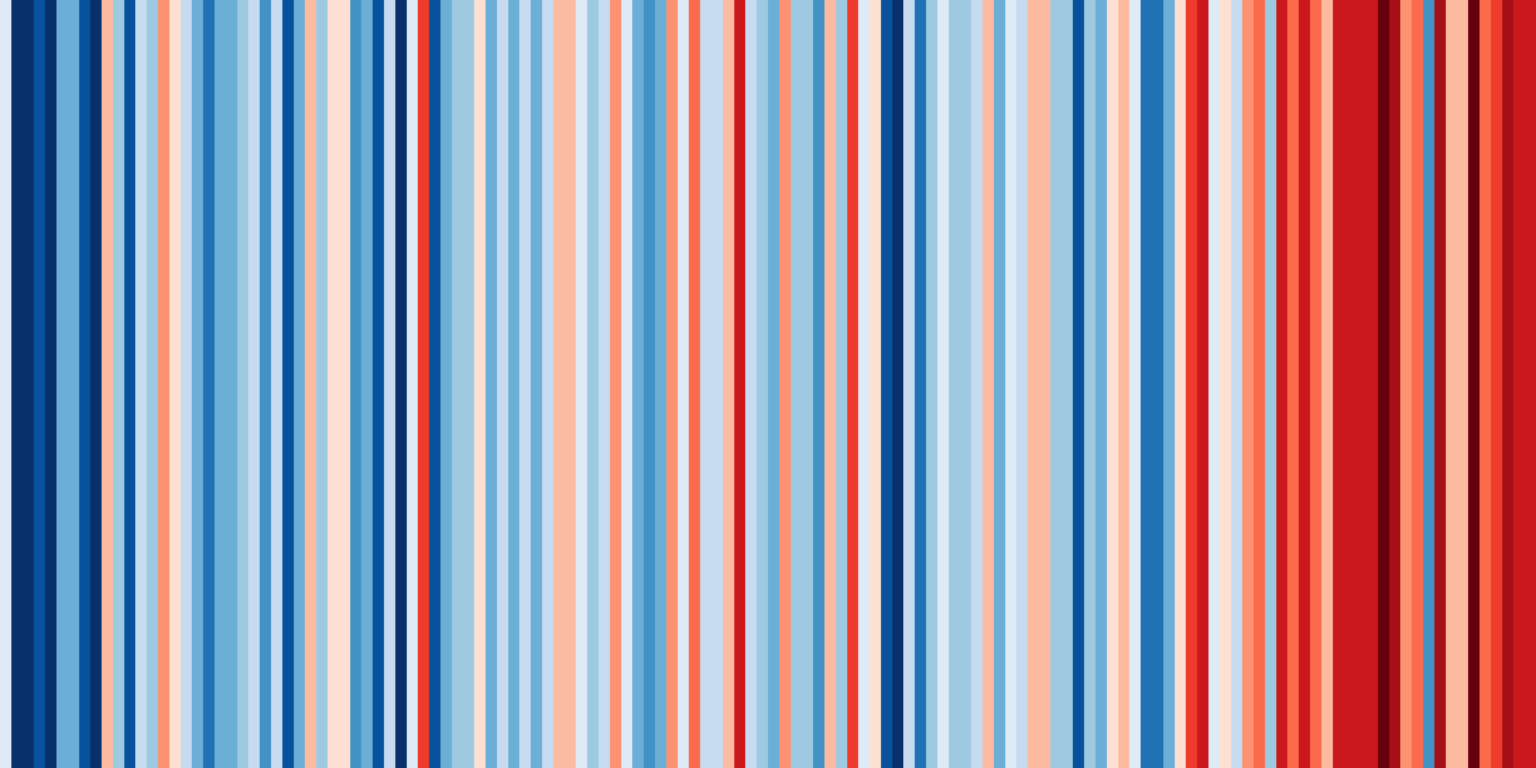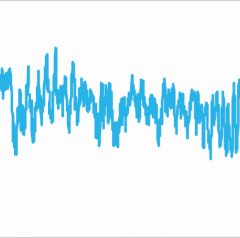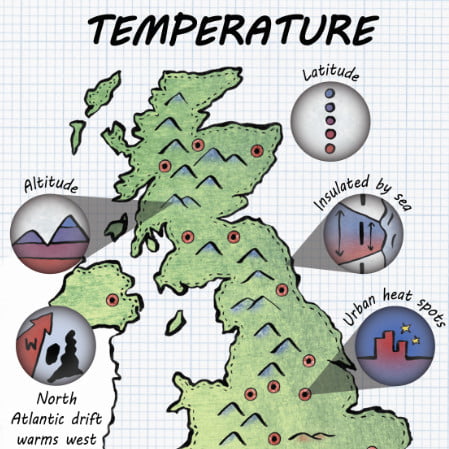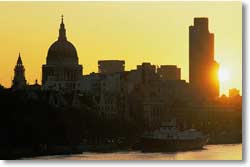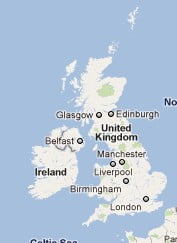Simulating a world climate change conference
Guidance for Teachers
- Notes for teachers – this contains everything you need to know to run the activity. Start here!
- Curriculum Links
- Print:
Pack 1 (double sided if possible) – note these are personalised;
Pack 2 (table flags, must be printed in colour, could be laminated), or as Pack2b names (which can be printed in black and white).
Pack 3 (sticky labels for printing on standard 8 row label sheets or print on paper and use school lanyards),
Optional Pack 4 (country fact sheets for reference in class),
Pack 5 for Module 4, Market Places. - PowerPoint slides for use in all modules. Edit this before use to assign students to each country.
Please let us know if you have used these resources by emailing education@rmets.org. It would be great if you could also tell us which year group you used it with, how many students there were and how it went. This will help us refine it in the future.
Module 1 – Introduction
Module 2 – homework
Module 4
Module 5
Module 6
Useful Tools:
Acknowledgements
 This work was funded by the Royal Meteorological Society and is supported by Rimini Protokoll, based on their theatre production for DeutschesSchauspielHausHamburg: World Climate Change Conference , 2014.
This work was funded by the Royal Meteorological Society and is supported by Rimini Protokoll, based on their theatre production for DeutschesSchauspielHausHamburg: World Climate Change Conference , 2014.
We are delighted that this resource has been awarded a Silver award by the Geographical Association. The citation given reads “Simulating a world climate change conference is a free, online and multimedia resource, relevant for both GCSE and A level specifications. It provides a wealth of high-quality, sophisticated and up-to-date materials including video input from one of the British delegates to the Paris climate talks. The judges felt that the quality of the resource would enable teachers to confidently set up an excellent simulation for their classes.”
This resource has also been Highly Commended by the Scottish Association for Geography Teachers.
You may also be interested in the higher level version, not specifically for schools, created by Climate Interactives using the CRoads model and the model climate conferences for secondary schools run by InterClimate.org in local council chambers.
David Warrilow, UK representative to the Paris negotiations, has published this article: Science and the international climate negotiations
